Following the storms during the earlier part of 2020, Leslie Cornell Building Restoration Ltd have received an increase in enquiries about Cob wall collapses in Cornwall.
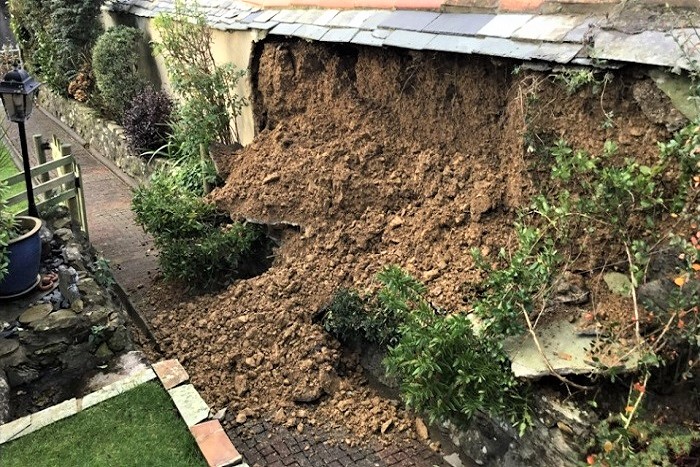
Our first action on receipt of such an enquiry is to undertake a site visit to ascertain the underlying reason/s as to why the Cob has failed. Heavy rain, in itself, will not cause a Cob wall to collapse but only if adequate measures have been put in place to protect the structure.
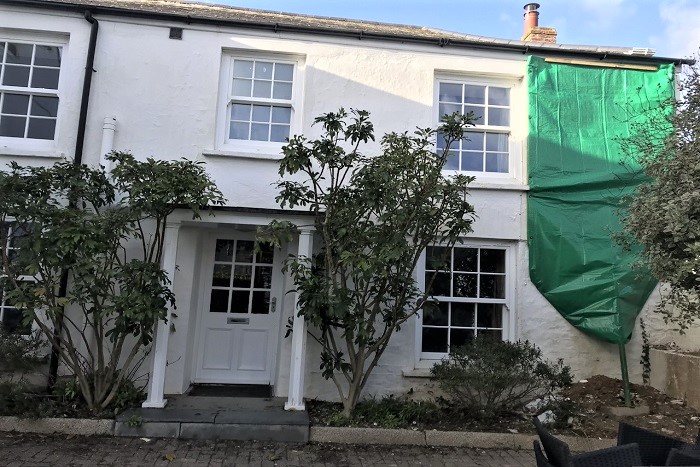
The most common reasons, we find, for the failure of a Cob wall are:
Water Penetration:
Inadequate roofing or slate capping (covering) – the covering of a Cob wall should always have a sufficient overhang to allow rainwater to run away from the wall. Broken, slipped or missing roof tiles/slate, particularly over the wall head, should be replaced to ensure the roof is watertight and subsequent renders are not dealing with excessive moisture.
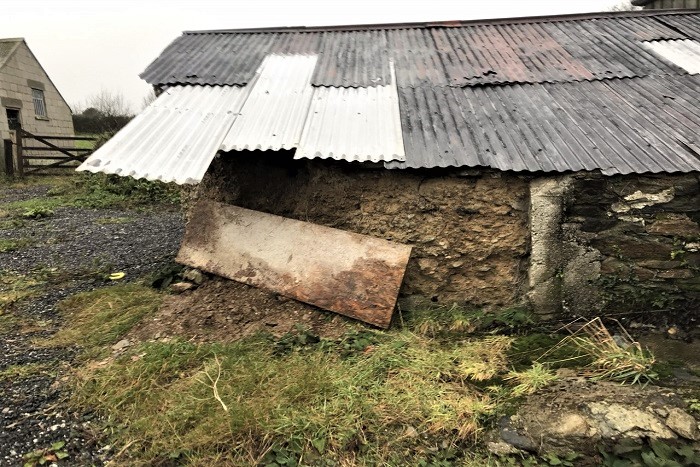
Ineffective rainwater goods – If gutters and/or downpipes are not functioning correctly they could be allowing rainwater to come into direct contact with the wall, resulting in the Cob wall becoming saturated. One reason for this could be an overgrowth of vegetation.
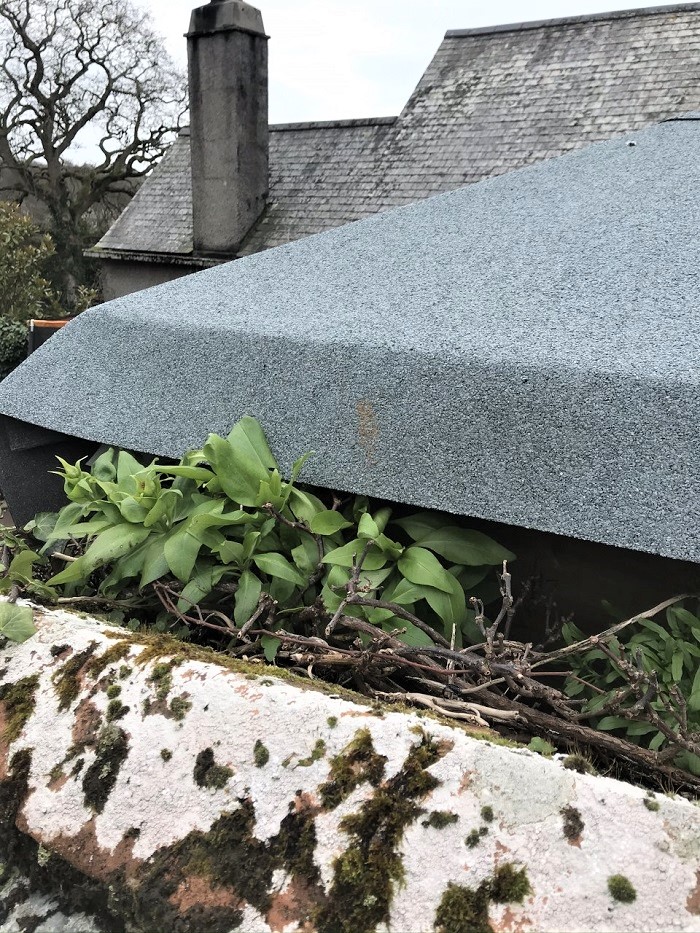
Non-breathable Claddings
Cob is a breathable material in that it allows moisture to enter the structure but also allows it to escape again. Maintaining the breathability of the Cob is an extremely important element to its’ longevity. Cladding a Cob structure with non-breathable materials, such as cement-based renders/plasters or synthetic paints, traps moisture in the walls and will eventually cause it to fail.
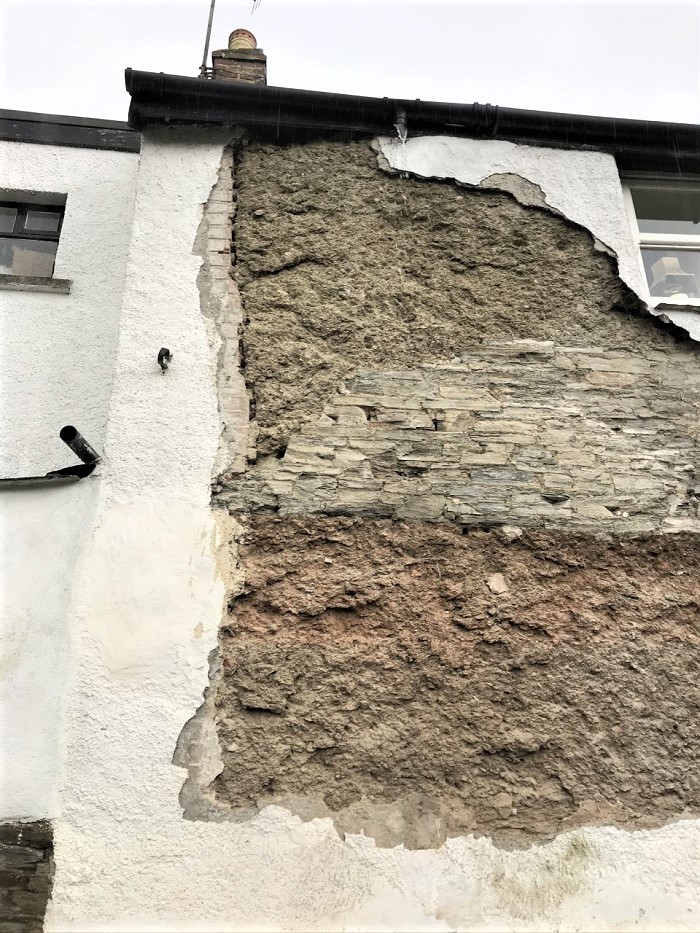
The most effective and sympathetic way to clad a Cob wall is by using a Lime render/plaster. Lime applications absorb moisture but also allow it to evaporate, meaning the breathability and strength of the structure is not compromised.
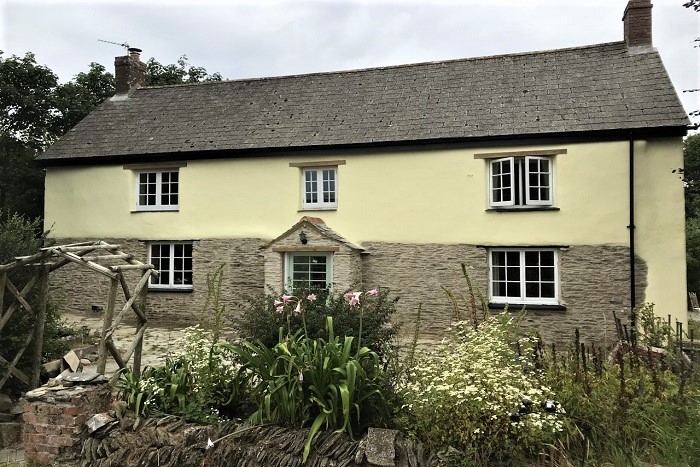
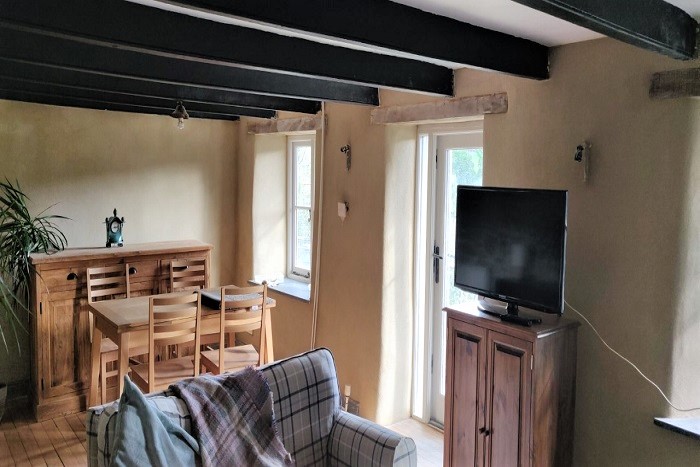
Following the application of Lime products, and if painting is required, it is particularly important to use a breathable Mineral or Lime Paint System so as not to undo all the good work you have just done.
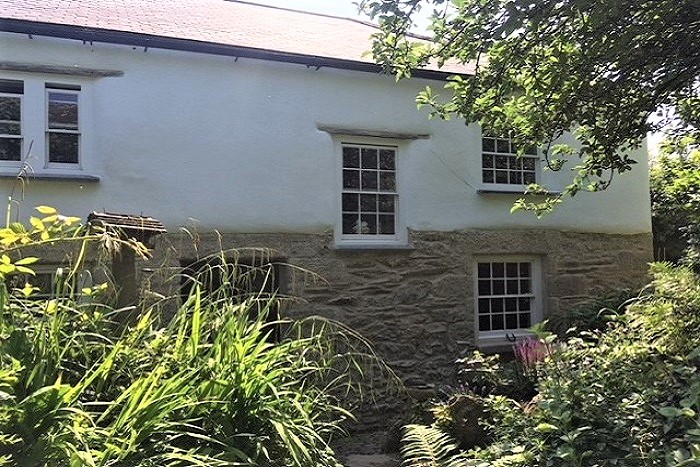
This cladding information, along with Lime pointing, also applies to the stone plinth on which the Cob wall is built. Stone is also a breathable material and preventing its’ breathability will cause moisture to become trapped and travel up through the stone and Cob.

Insufficient or Non-existent Land Drainage
In the absence of any effective land drainage system, rainwater can collect at the base of the walls and saturate the substrate. All rainwater, whether it is from the roof via gutters and downpipes or the run-off from the wall itself, should be diverted away from the walls into an appropriately placed land drainage system with a suitably distanced soakaway.
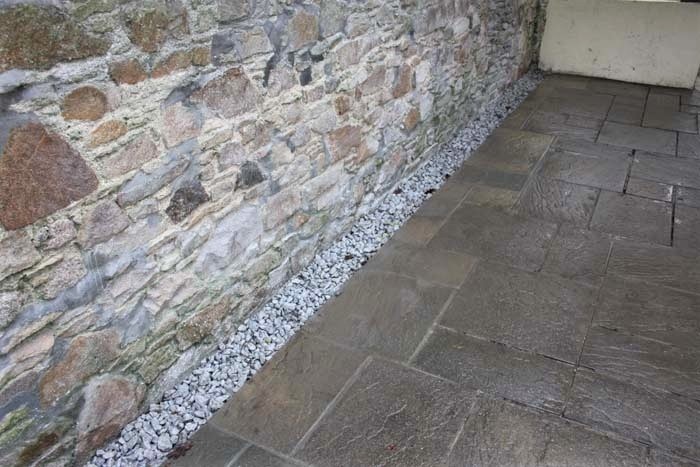
Vegetation
Vegetation growing in close proximity to or directly on a Cob wall can cause direct and indirect damage to the substrate. The suckers and tendrils on some vegetation can cause damage to surface features and leave a pattern of marks when removed. Extensive growth can cause rainwater goods to become blocked, force gutters and other fixtures away from the walls and will give a shading effect, eventually compromising the breathability of the structure.
If you own a Cob building and have had the unfortunate experience of a Cob wall collapse/partial collapse and would like to discuss our Cob Repair or Cob Rebuild services, please Contact us.
Cob Specialists Cornwall – Cob and Lime Specialists Cornwall – Collapsed Cob wall Specialists Cornwall – Historic Building Specialists Cornwall
